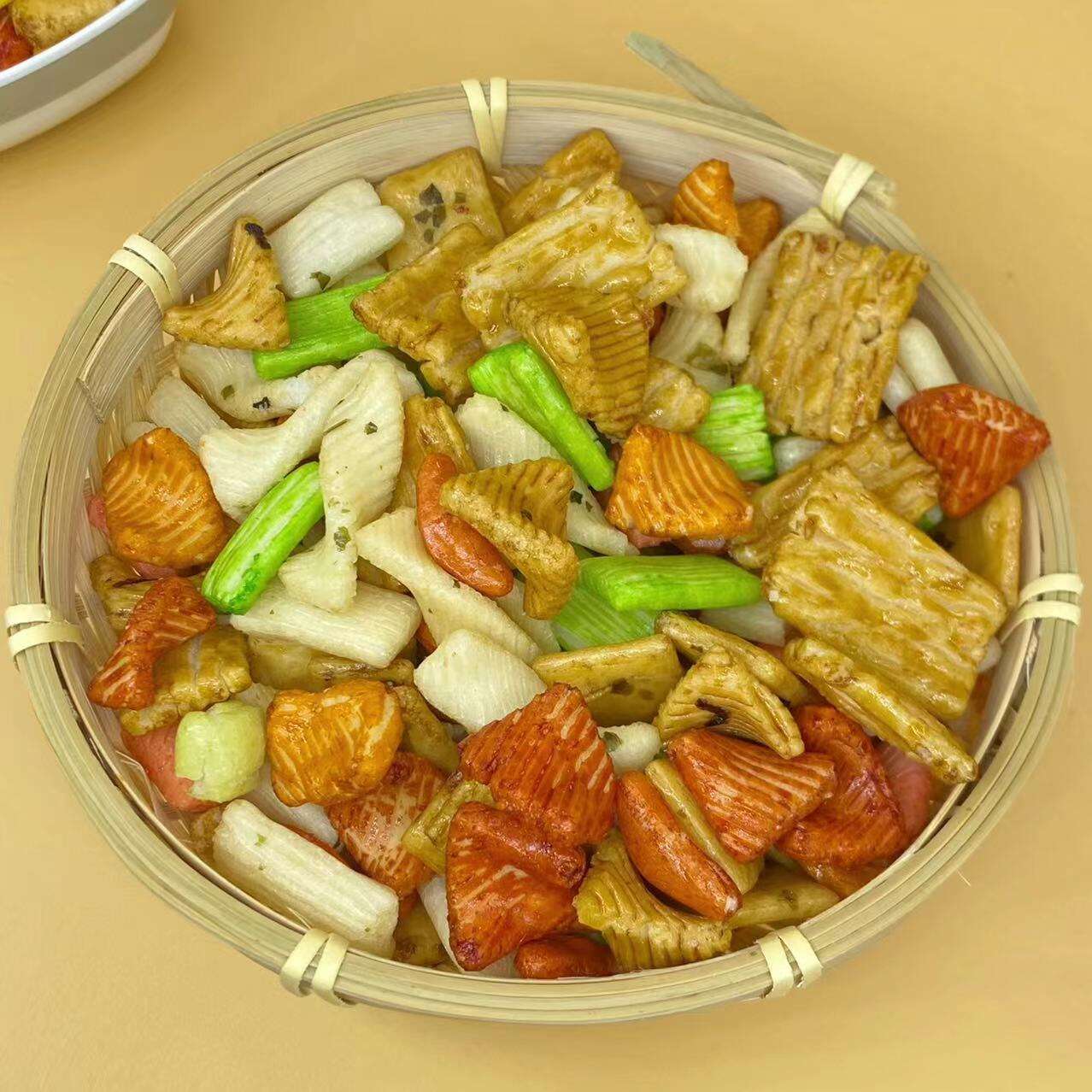Japanese rice crackers, known locally as 'senbei' or 'arare', have become increasingly popular in international markets, creating a growing need for exporters to understand and comply with various regulatory standards. These traditional snacks, crafted from premium Japanese rice and seasoned with distinctive flavors, must meet stringent quality and safety requirements before they can reach overseas consumers.
The export landscape for Japanese rice crackers involves multiple layers of compliance, from domestic regulations to international food safety standards. Manufacturers and exporters must navigate complex documentation requirements, packaging specifications, and quality control measures to successfully distribute their products globally.
Japanese rice cracker production facilities must maintain HACCP certification and implement rigorous quality management systems. These facilities undergo regular inspections to ensure compliance with both domestic and international food safety protocols. The manufacturing environment must maintain specific humidity levels and cleanliness standards to prevent contamination and preserve product quality.
Modern production facilities incorporate advanced monitoring systems that track temperature, moisture content, and other critical parameters throughout the manufacturing process. This technological integration helps maintain consistent quality while meeting international export requirements.
Before export approval, Japanese rice crackers undergo comprehensive laboratory testing to verify their safety and composition. These tests examine factors such as moisture content, microbial presence, allergen levels, and shelf stability. Products must meet specific thresholds for various chemical and biological parameters to receive export certification.
Regular batch testing ensures ongoing compliance with international standards, while documentation of these results must be maintained for traceability purposes. Exporters must be prepared to provide detailed analysis reports upon request from importing authorities.
Packaging materials for export-bound Japanese rice crackers must meet food-grade standards and provide adequate protection during international shipping. The materials should be moisture-resistant and maintain product freshness throughout the expected shelf life. Manufacturers must ensure that packaging components comply with regulations in both Japan and destination countries.
Sustainable packaging initiatives are increasingly important, with many markets requiring recyclable or eco-friendly materials. Exporters must balance these environmental considerations with practical requirements for product protection and preservation.
Label requirements vary by destination market but generally must include product name, manufacturer details, ingredients list, nutritional information, and expiration dates in appropriate languages. Allergen warnings must be prominently displayed according to local regulations, and any claims about product benefits must be scientifically substantiated.
Many markets require country of origin labeling and specific lot numbering systems for traceability. Some regions also mandate additional information such as GMO status or specific storage instructions.
Different regions maintain distinct certification requirements for imported Japanese rice crackers. The European Union enforces strict regulations through its Food Safety Authority, while the FDA oversees compliance in the United States. Asian markets often have their own specific requirements, particularly regarding preservatives and additives.
Exporters must obtain relevant certifications for each target market, which may include organic certification, halal certification, or specific regional food safety approvals. These certifications often require regular renewal and ongoing compliance monitoring.
Successful export operations require meticulous documentation management. Essential paperwork includes certificates of origin, health certificates, and detailed product specifications. Customs documentation must be accurately completed to prevent delays in international shipping and distribution.
Many countries require advance notification of food shipments and may conduct import inspections. Exporters must maintain comprehensive records and be prepared for regulatory audits from various international authorities.

Japanese rice crackers require specific environmental conditions during storage and transport to maintain their quality and safety. Temperature fluctuations and humidity exposure can compromise product integrity and shelf life. Exporters must ensure proper climate control throughout the supply chain.
Storage facilities and shipping containers should be equipped with monitoring systems to track environmental conditions. Any deviations must be documented and addressed to maintain compliance with export standards.
Products must maintain their quality throughout their stated shelf life in various climate conditions. Exporters conduct stability testing under different environmental scenarios to validate shelf life claims. Regular reviews of storage conditions and product quality help ensure consistent compliance with export standards.
Implementation of first-in-first-out inventory management systems helps maintain product freshness and reduces the risk of expired products entering international markets.
Essential certifications include HACCP compliance, FDA registration for US exports, and market-specific certifications such as EU approval or halal certification. Additional requirements may vary by destination country and product type.
The typical shelf life ranges from 6 to 12 months, depending on packaging type and storage conditions. Products must maintain their quality throughout this period under various environmental conditions commonly encountered during international shipping.
Export packaging must be food-grade, moisture-resistant, and provide adequate protection during shipping. Labels must include all required information in appropriate languages, including ingredients, nutritional facts, allergen warnings, and traceability information.
Export standards are regularly reviewed and updated by regulatory authorities, typically every 2-3 years. However, significant changes can occur at any time, requiring exporters to maintain current knowledge of regulations and adapt their processes accordingly.
 Hot News
Hot News